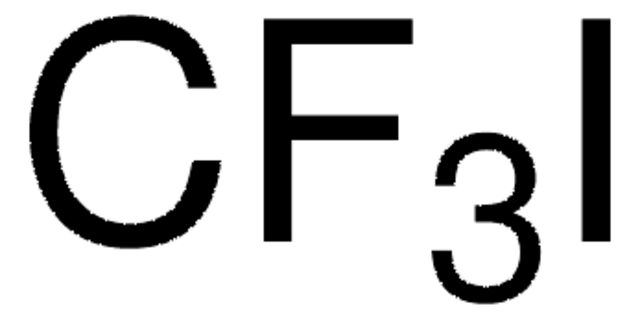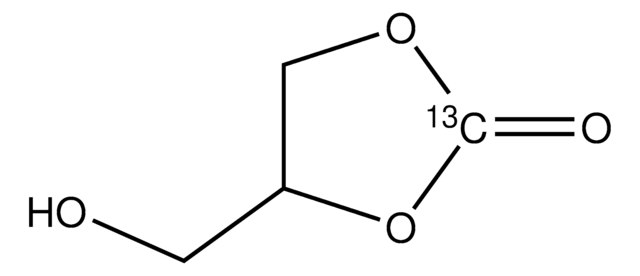774022
Yttrium(III) oxide
sputtering target, diam. × thickness 2.00 in. × 0.25 in., 99.99% trace metals basis
Synonym(s):
Yttria
About This Item
Recommended Products
Assay
99.99% trace metals basis
form
powder
reaction suitability
core: yttrium
diam. × thickness
2.00 in. × 0.25 in.
mp
2410 °C (lit.)
density
5.01 g/mL at 25 °C (lit.)
SMILES string
O=[Y]O[Y]=O
InChI
1S/3O.2Y
InChI key
SIWVEOZUMHYXCS-UHFFFAOYSA-N
Looking for similar products? Visit Product Comparison Guide
Application
Yttrium oxide sputtering target can be used for physical vapor deposition of thin films of yttria stabilized zirconia layers for IT-SOFC. Yttrium containing films are used as thermal barrier and protective coatings in thermoelectric devices, rare earth doped yttrium oxide films are studied for phosphor applications.
Storage Class Code
13 - Non Combustible Solids
WGK
WGK 1
Flash Point(F)
Not applicable
Flash Point(C)
Not applicable
Choose from one of the most recent versions:
Certificates of Analysis (COA)
Don't see the Right Version?
If you require a particular version, you can look up a specific certificate by the Lot or Batch number.
Already Own This Product?
Find documentation for the products that you have recently purchased in the Document Library.
Articles
Nanocomposite Coatings with Tunable Properties Prepared by Atomic Layer Deposition
Spin-based electronic (spintronic) devices offer significant improvement to the limits of conventional charge-based memory and logic devices which suffer from high power usage, leakage current, performance saturation, and device complexity.
The properties of many devices are limited by the intrinsic properties of the materials that compose them.
Our team of scientists has experience in all areas of research including Life Science, Material Science, Chemical Synthesis, Chromatography, Analytical and many others.
Contact Technical Service







![Poly[4,5-difluoro-2,2-bis(trifluoromethyl)-1,3-dioxole-co-tetrafluoroethylene] dioxole 87 mol %](/deepweb/assets/sigmaaldrich/product/structures/951/320/21327fcd-4960-402d-8ae1-bf2e379cb2e2/640/21327fcd-4960-402d-8ae1-bf2e379cb2e2.png)
